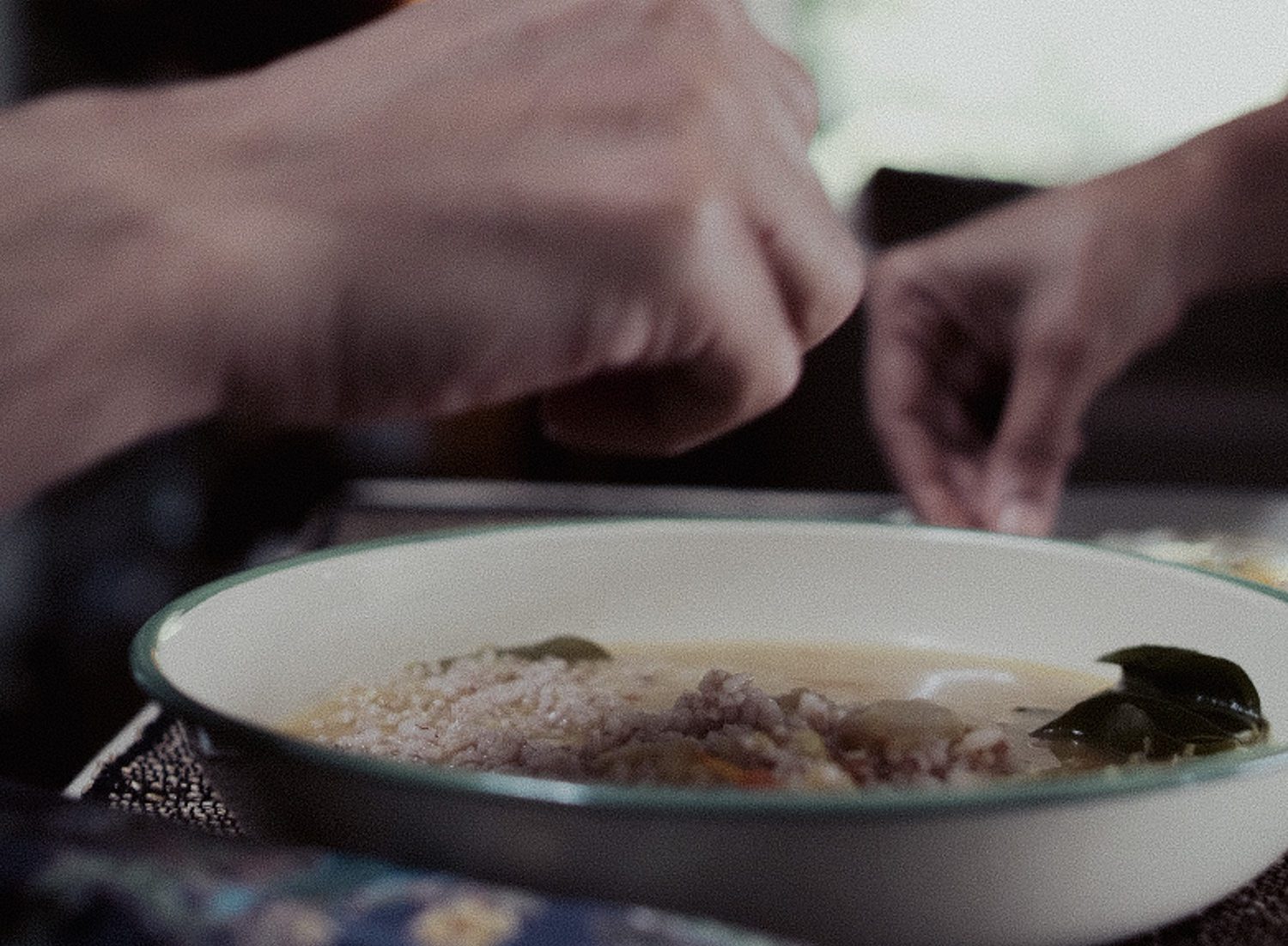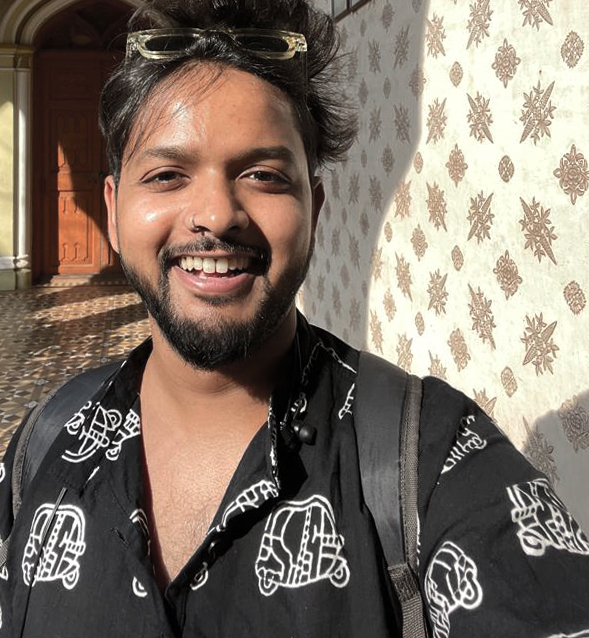A Potato For My Thoughts
One, two, three, four, five, six, seven, eight and nine…
I gingerly measure the steps as I walk from one end of my new kitchen to the other. It takes me three steps fewer to traverse the territory compared to my old one — a minuscule fact that leaves me vaguely unsettled. The view outside my window doesn’t help. In my previous apartment, a place I called home for almost a decade, I could see the neighbour’s kids wander in and out of the kitchen around this time as the husband-wife duo frantically tackled dinner. We would either acknowledge each others’ presence with a wave or exchange pleasantries and dinner suggestions, when there was time for it. Here, I see the outline of movement in the other kitchen and a yellow bulb that shines through the near-opaque window.
I turn back to face my stove where a pot of boiling rasam and a pan with slow roasting potatoes greet my view. Now this is comforting, I think to myself.



The irony is not lost on me that the most soothing South Indian food combination is one that is fashioned out of borrowed ingredients. Okay, maybe not wholly; I see the pepper in the rasam spewing in anger. But think about it. Portuguese explorers brought the tomato to India. Tamarind was introduced by Ethiopian traders and our favorite, the potato, also made its way to us courtesy of Portuguese sailors.
If I am seeking inspiration to adapt to my new surroundings quickly, I need not look any further than the potatoes in my pan.
Diced, mashed, fried or steamed, potatoes never fail to fulfill our gustatory wishes. The beauty of this tuber is that it adapts not only to the ingredients that surround it but also the people. For the longest time, roasted potatoes and arachuvitta sambhar (sambhar made with ground coconut and spices) were the go-to dishes when guests were invited home. Potatoes were burdened with the role of making people feel at home for several reasons. They could be steamed and diced into large chunks, reducing the effort that went into chopping vegetables. With its unique charm, the tuber blends in with whatever else makes its way to the plate, not once disturbing the harmony of the menu. Most importantly, never in the history of South Indian hospitality has someone said no to a nice potato roast.

Internationally speaking, potatoes have been around us for over 8000 years, which means they are bound to be thrown into the fire every once in a while. While extolling the virtues of baked potatoes, history enthusiast Andrew Martin writes — “The simplicity of the tuber roasting in the embers of a fire or the back of an oven was incredibly rudimentary and likely to have been around far longer than we might imagine.” Clearly, we have been doing this for a while now. But going by the number of tips one can find on the internet to get the perfect potato roast (including a research study on cutting them at 30-degree angles), we still continue to be intrigued by the process.
That said, I can’t remember the last time I made sambhar, rasam and potatoes for my guests. With changing dietary and food preferences, roasted potatoes appear in my kitchen only when the heart, not the stomach, yearns for it. Or when I am trying to infuse familiarity into my new surroundings — as is the case today.
The potatoes in the pan are slowly turning a shade and seem to be blushing under the influence of the red chilli powder. I toss the bits around and spread them out on the pan. Mulling over the tuber’s superpowers has brought forth some very “potatoisque” life moments. The benchmark for roasted potatoes goes way back to my school days. About once a week, a classmate’s lunchbox would come filled with tomato rice and an equally red potato roast. We gathered around his bench as we tried to get a spoonful of this yummy combination.
When a group of relatives visited us a few years ago, my mother made the classic small onion sambhar and potato roast combination for lunch. These were people I had hardly met before, but as the potatoes began to fill the plates, stories began to fill the room. The table reverberated with laughter and the joy of shared nostalgia. The unfamiliarity that had initially enveloped the room completely disappeared by the end of the meal. As did the potatoes.


If potatoes fuel a carb-induced banter, they also help quell moments of disquiet. After an unfortunate event, we gathered at my aunt’s house for an impromptu lunch. A pressure cooker filled to its brim with a quick fix sambhar sadam was plopped on the floor in the middle of the living room. A pan with sizzling roasted potatoes was placed next to it. We sat around the meal, eating in silence. “Nothing works better than urulaikazhangu roast for sambhar sadam,” someone quipped, breaking the awkward silence. The rest of us hmmmed in agreement. “Of course, chips would have been better,” they added, forcing us to break into a smile. There can never be enough potatoes for a gathering.
The sputtering of mustard seeds breaks my trance and I am brought back to my kitchen where the meal is all done. I add the tadka to the rasam and give the potatoes a final toss before switching off the heat. The minor characters of the meal have made their way to the table: a cucumber raitha, some lemon pickle and a bowl of creamy curd rice. The conversation ebbs and flows about everything and nothing. The new curtains, a leaking faucet in the kitchen, and how it’s been a while since we had rasam and potatoes for dinner. It is starting to feel like home.




